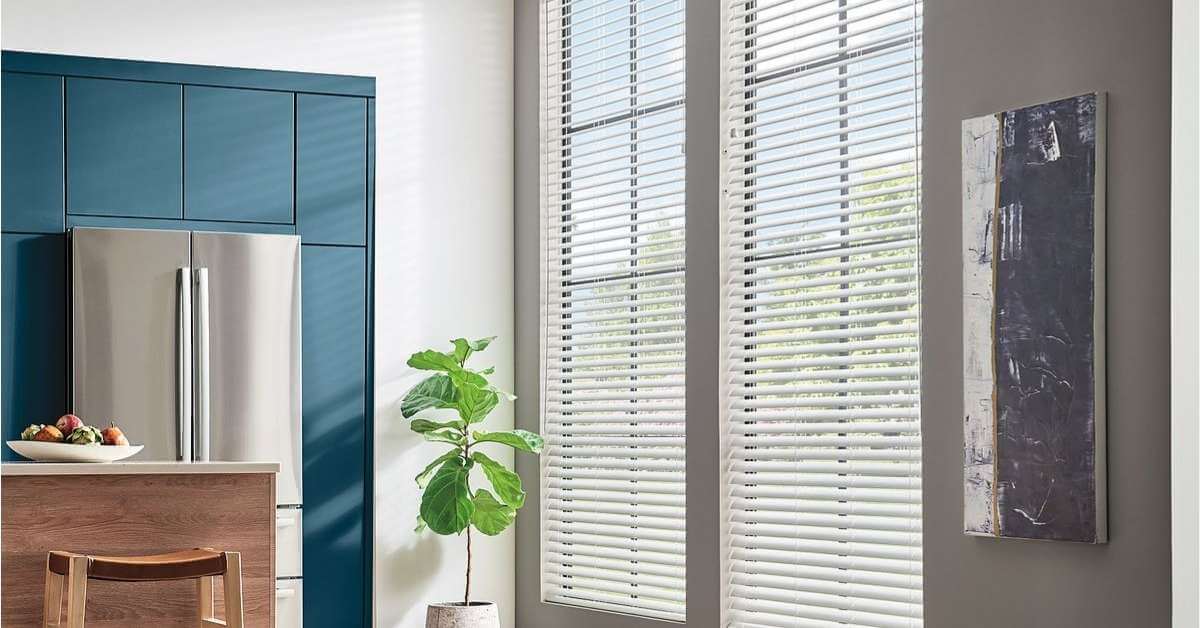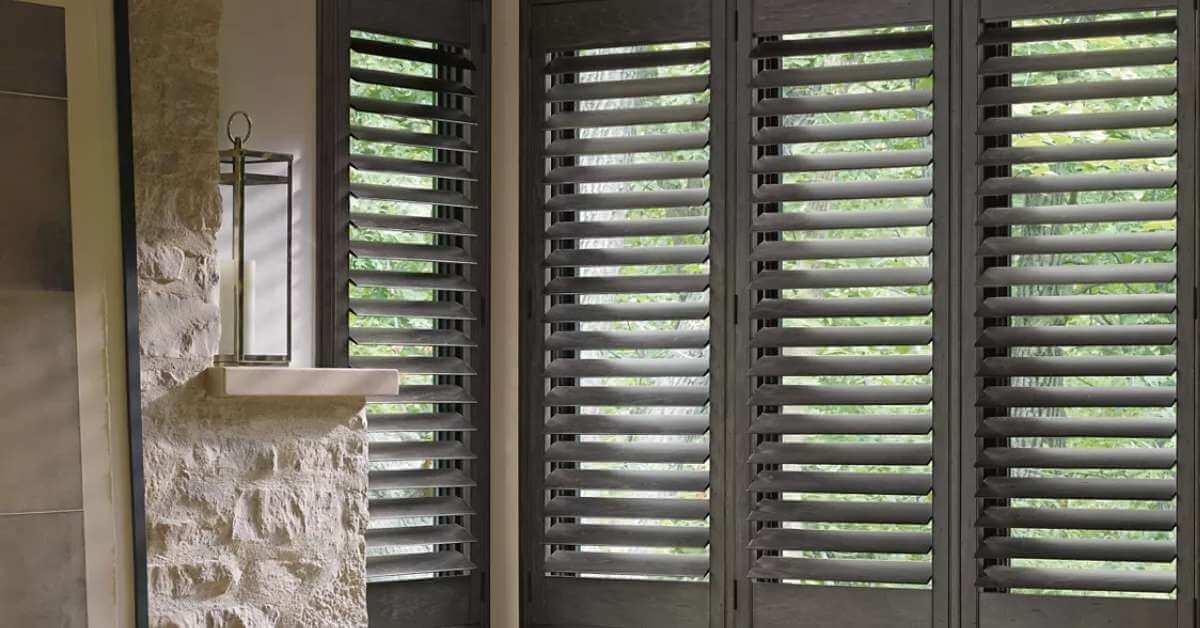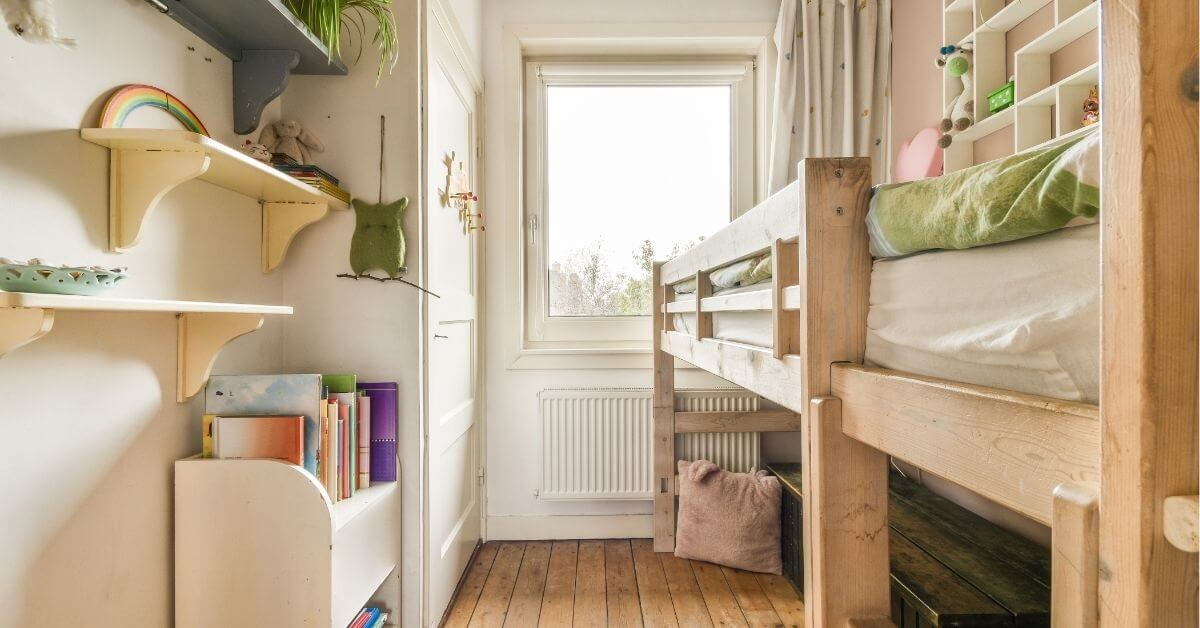When it comes to selecting the right window treatments for your home, the choice between vertical and horizontal blinds is a common decorating dilemma. Each type has its own set of advantages and aesthetic values, making it important to consider your specific needs for privacy, light control, maintenance, and style. Here, we break down the pros and cons of vertical vs horizontal blinds to help you make an informed decision for your living spaces.
Understanding the Basics
Before delving into the specifics, let’s define our terms:
- Vertical Blinds: These blinds have individual slats that run along a track at the top of the blind. Depending on the design, they can open from the side or from the middle.
- Horizontal Blinds: Also known as Venetian blinds, these feature slats that overlap when closed. They are raised and lowered with a cord, and the slats can be rotated to adjust light and privacy.
Comparing Vertical and Horizontal Blinds
Pros and Cons Summary
Feature | Vertical Blinds | Horizontal Blinds |
Light Control | Excellent, especially for large windows or sliding doors. | Good, with adjustable slat angles for precise control. |
Privacy | Offers variable privacy based on slat positioning. | Generally provides more complete privacy when closed. |
Style and Aesthetics | Best suited for modern or minimalist décor. | Versatile, works well in any décor from traditional to contemporary. |
Maintenance | Easier to clean due to larger slats. Less prone to collecting dust. | More challenging to clean, especially on textured materials. |
Suitability | Ideal for patio doors or large windows. | Better suited for smaller windows in kitchens, bathrooms, and offices. |
Material Variety | Available in fabrics, vinyl, and more. | Wide range including wood, faux wood, vinyl, and aluminum. |
Cost | Generally less expensive than high-quality horizontal blinds. | Price varies widely based on material and style. |
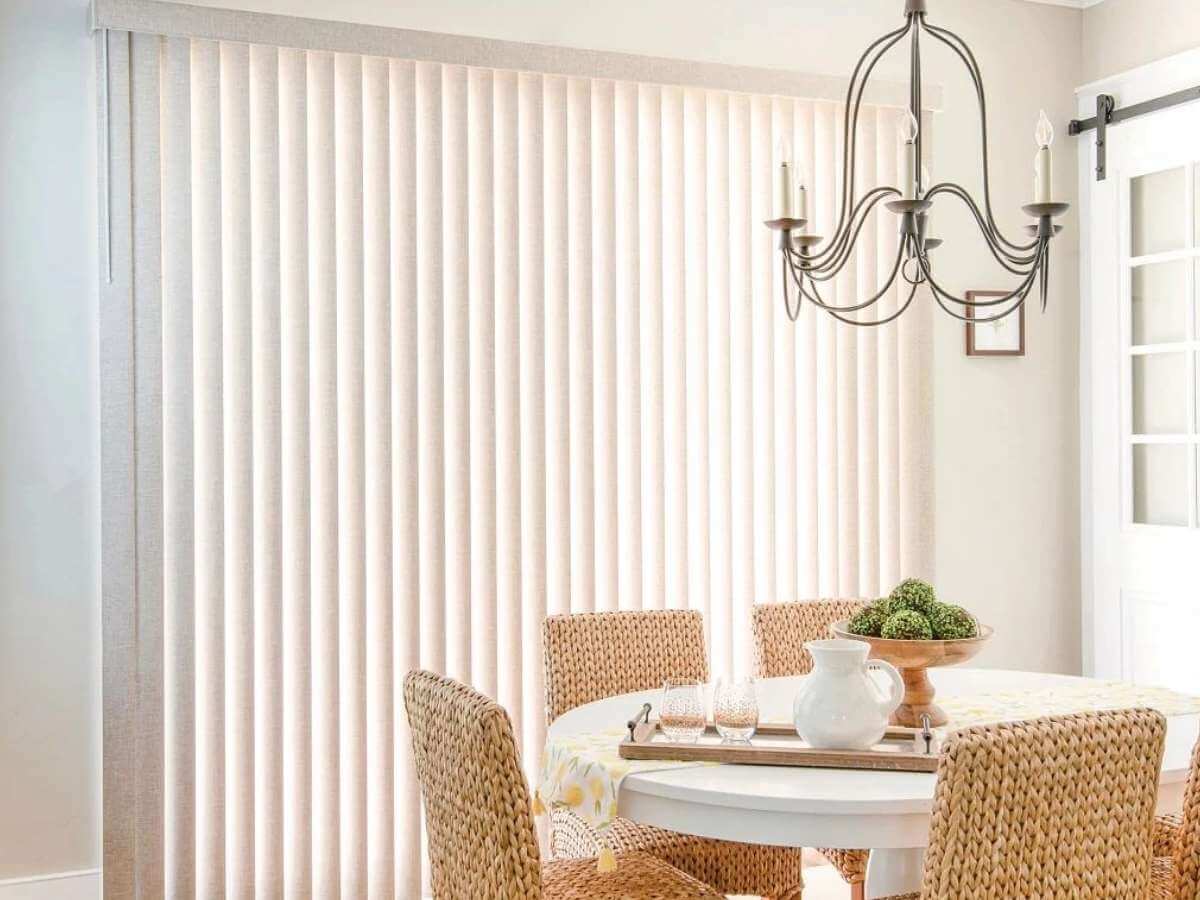
Vertical Blinds
Pros
Aesthetic Flexibility: Vertical blinds come in a variety of materials and designs, making them a stylish choice for modern homes. They can also make a room appear taller due to their orientation.
Functionality: These blinds are ideal for covering large windows or sliding doors and can be pulled back completely for a full view.
Cons:
Light Gaps: Vertical blinds may allow light to enter through the sides, which could be a downside if a complete blackout is desired.
Wind Sensitivity: When used on patios or in breezy areas, they can sway, which might be annoying for some.
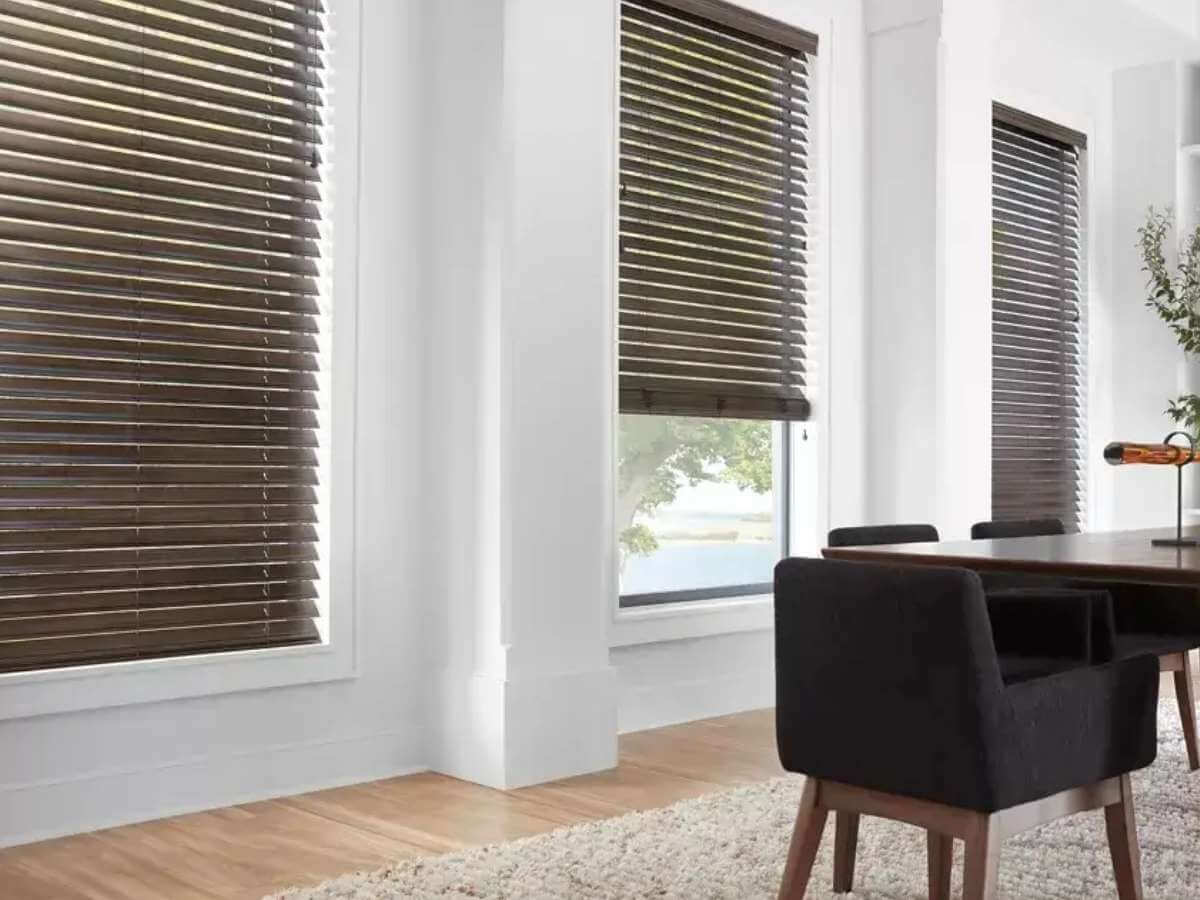
Horizontal Blinds
Pros:
Precision Light Control: Horizontal blinds offer superior control over light due to the adjustable slat angles, which can be finely tuned.
Wide Range of Materials: These blinds are available in a broad array of materials and finishes, including wood, which adds warmth to a room.
Cons:
Cleaning Difficulties: The horizontal orientation means they tend to gather dust and require frequent cleaning.
Mechanical Issues: The cords and strings of horizontal blinds are more prone to wear and can pose a safety hazard for children if not equipped with proper safety features.
Frequently Asked Questions on Vertical and Horizontal Blinds
Horizontal blinds generally provide better privacy because they close more tightly. This makes them ideal for bedrooms and bathrooms.
Yes, vertical blinds can be an excellent choice for offices, especially for larger windows or glass doors, as they provide adjustable light control and modern aesthetics.
If allergies are a concern, horizontal blinds might be less favorable as they accumulate more dust. Vertical blinds can be a better option as they are easier to clean and less likely to harbor allergens
Lines Making All The Difference
Choosing between vertical and horizontal blinds depends largely on your specific needs for light control, privacy, maintenance, and the overall aesthetic of your room. Vertical blinds are generally better for large windows and modern spaces, while horizontal blinds offer a classic look that can fit into any décor and provide precise control over privacy and light.
Ready to make the perfect choice for your home? Visit Prescott Window Coverings today to explore our wide selection of both vertical and horizontal blinds, and find the ideal solution that meets your style and functional needs.
